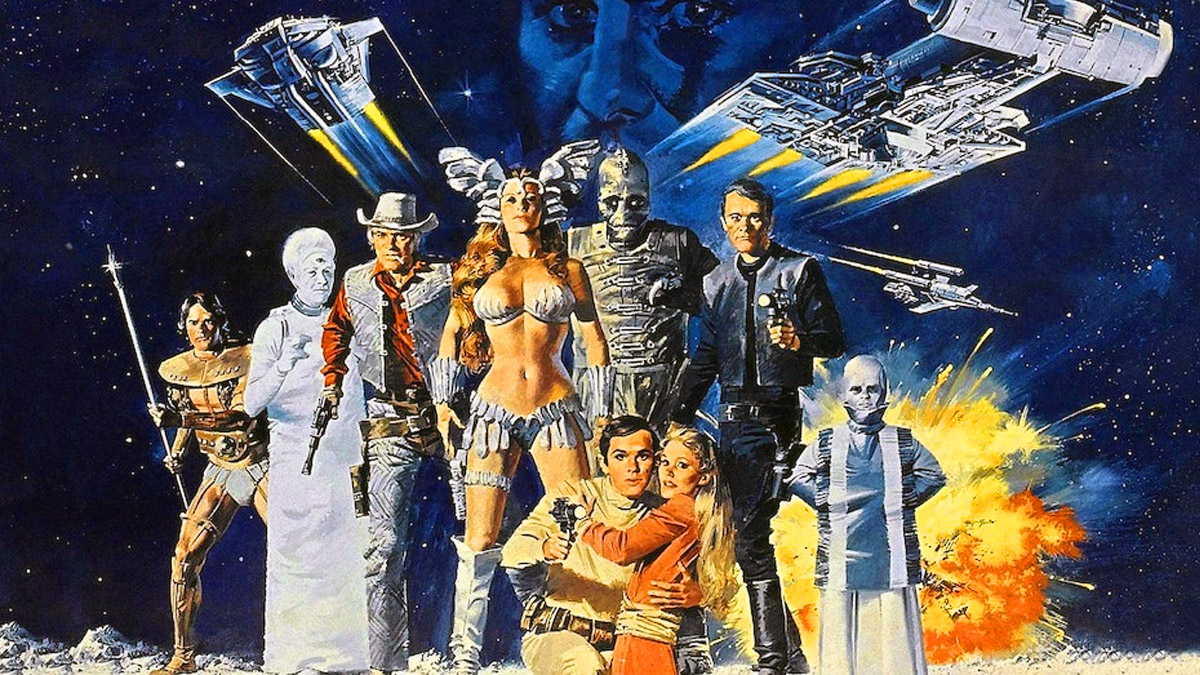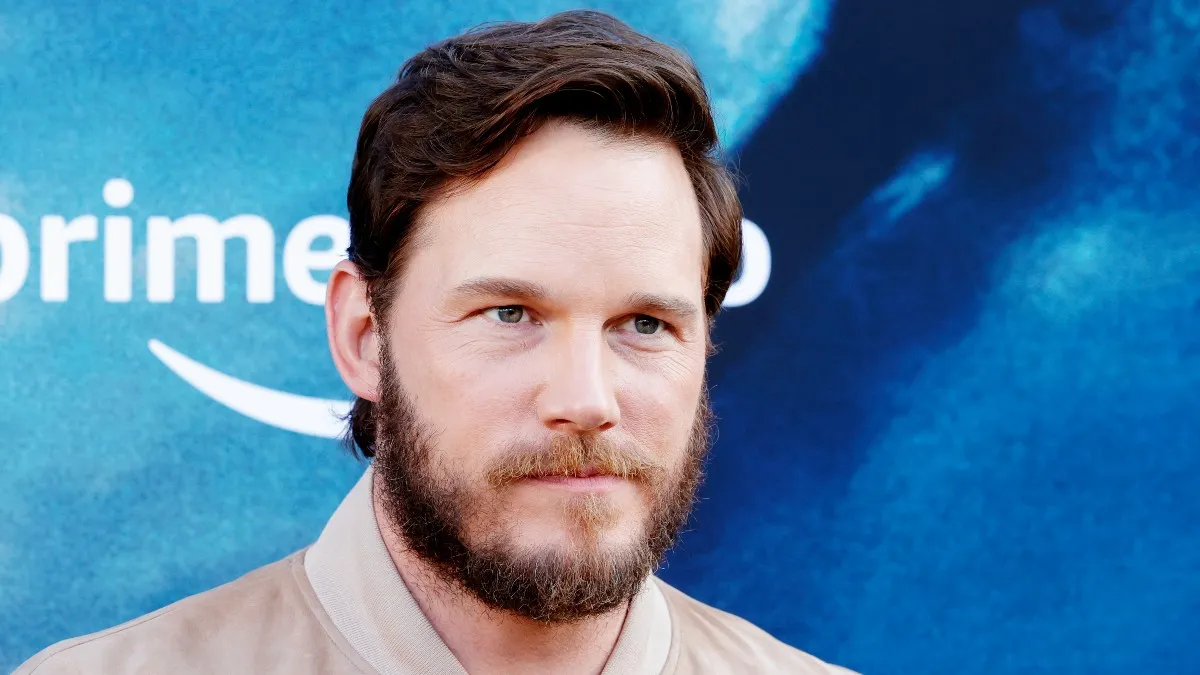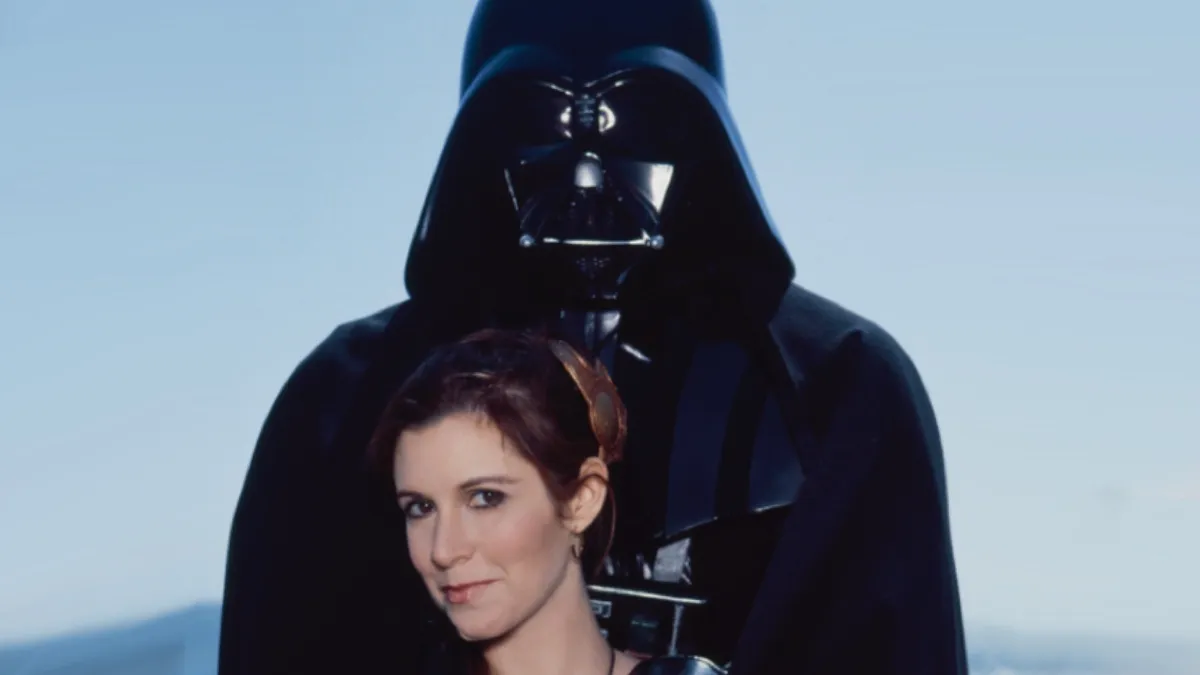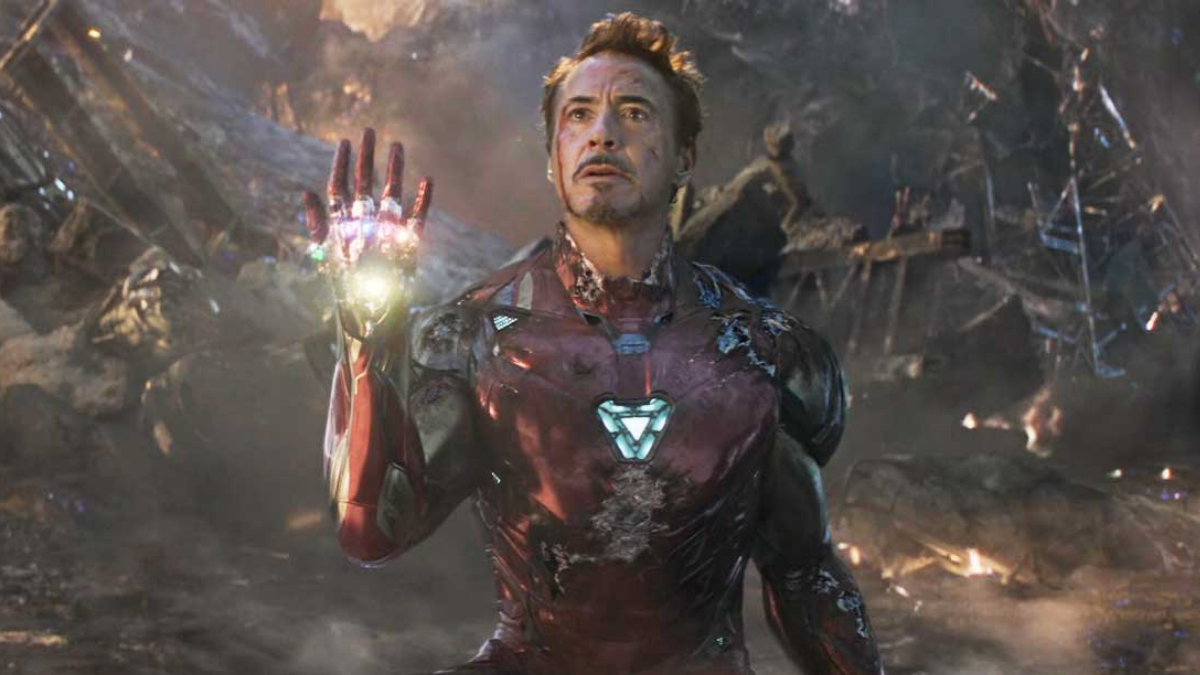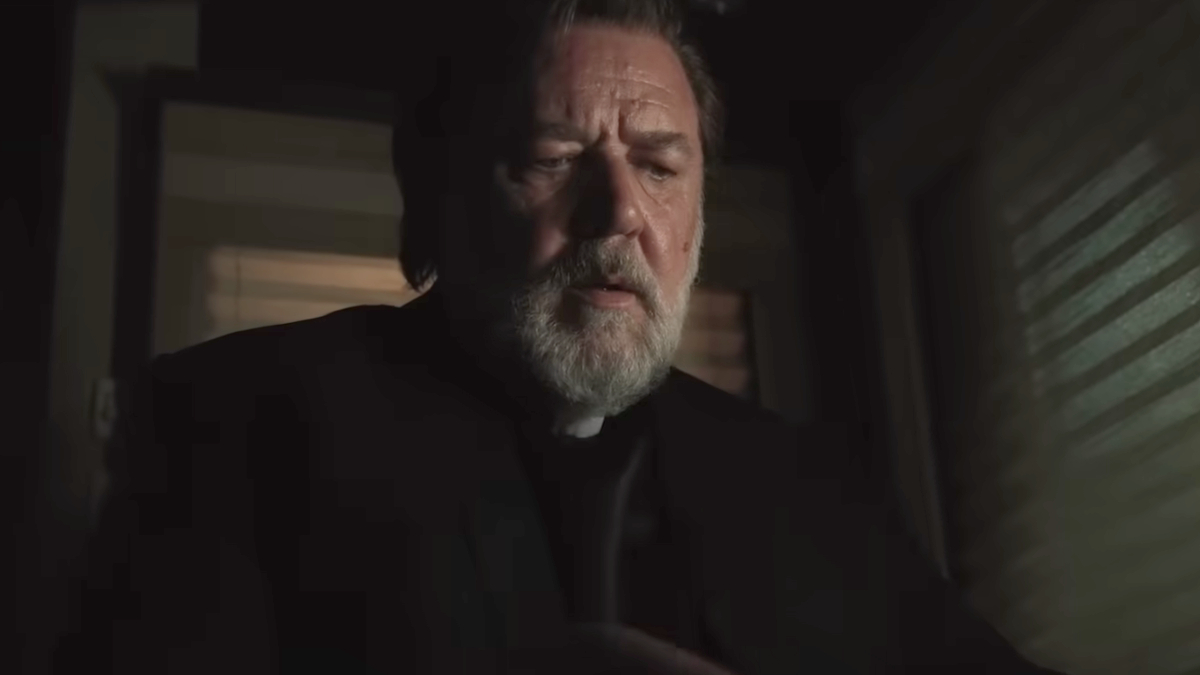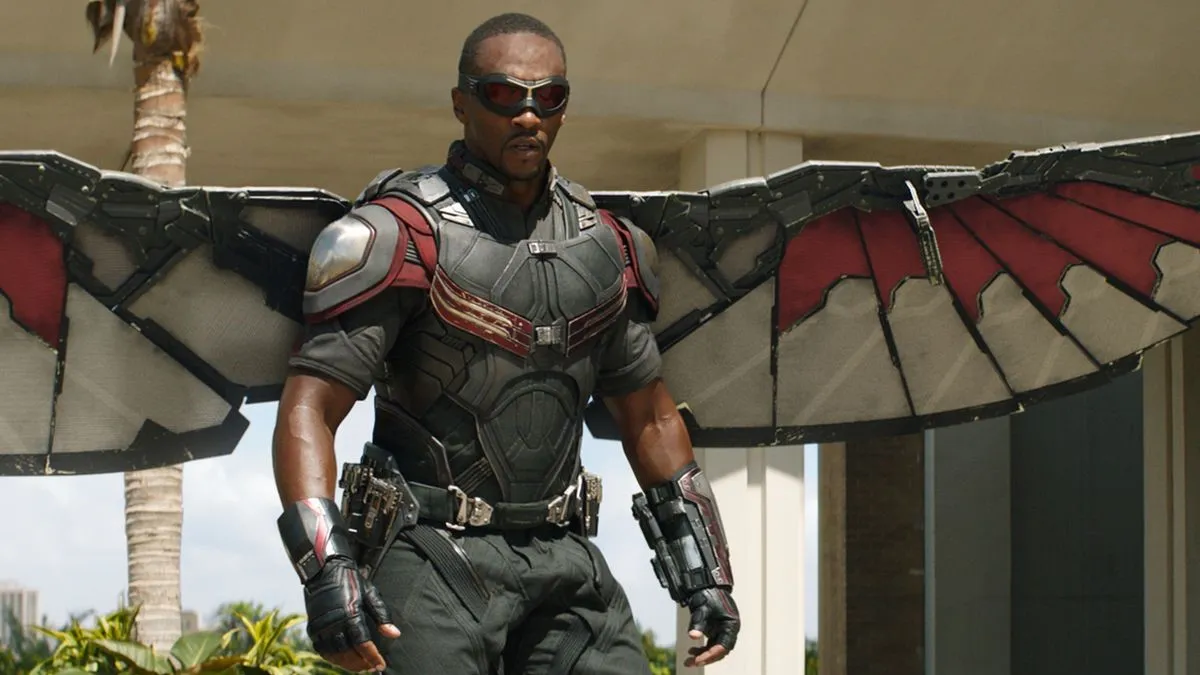Roger Corman is one of the most influential filmmakers in Hollywood history. Even if you’re unfamiliar with his name, the chances are you’ve seen a film that’s either influenced by his work, or is a flat-out remake.
Corman is renowned for a string of low-budget movies turned around at break-neck speed since the 1950s. He’s been shown to have a fine eye for spotting, anticipating, and jumping ahead of trends across multiple genres. Corman is also known for launching the careers of many talented filmmakers and actors. The list of phenomenal talents in front of and behind the screen that Corman helped advance in their careers is incredible.
Corman has also proven to be a vivid and efficient adapter of existing works. He was behind the infamous and unreleased 1994 Fantastic Four, and his final, so far, director’s credit was an adaptation of Brian Aldiss’ Frankenstein Unbound. His name is particularly attached to the works of Edgar Allen Poe, adapting eight of his stories, or parts of them, while forming a definitive collaboration with horror legend Vincent Price.
Of the astonishing 300-plus films Corman has worked on, primarily as producer and director, here’s the pick of his must-see movies.
The Little Shop of Horrors (1960)
Corman directed Charles B. Griffith’s farce about a hapless florist and his carnivorous plant, which drew on pulp science-fiction sources and today is better known as a musical-comedy. Before Rick Moranis, Steve Martin, and Broadway, The Little Shop of Horrors emerged as a B-movie double-bill starring Jack Nicholson in an early role alongside Corman regulars Dick Miller and Jonathan Haze.
In typical Corman fashion, The Little Shop of Horrors happened because he saw an opportunity. Corman had temporary access to the sets from A Bucket of Blood before they were destroyed, although he had to be persuaded to direct another comedy. Corman didn’t copyright The Little Shop of Horrors as he thought it was more of an ephemeral plant than a hardy perennial, although it did receive great reviews and proved evergreen. Off-beat, irreverent, and inventive; not bad for a two-day shoot.
The Pit and the Pendulum (1961)
The second of Corman’s Vincent Price-starring Poe movies, the title for The Pit and the Pendulum comes from the torture device that provides the shocking conclusion. The Poe short story that provided the title and inspiration was unusually realistic, drawing horror from the Spanish inquisition rather than supernatural elements. Corman’s take on the 16th-century-set horror racks up ghosts and horrible kills before the pendulum starts swinging. The Pit and the Pendulum is a seminal horror movie hugely influential on subsequent Italian Giallo directors.
X: The Man with X-Ray Eyes (1963)
X: The Man with the X-Ray Eyes starred comedian Don Rickles in a rare dramatic role as scientist whose experiments have unexpected consequences. It possibly took a sneaky lead from Marvel Comics’ X-Men, which was introduced this year.
The X of the title is Dr. James Xavier, who attempts to increase the range of human vision with revolutionary eye drops, only to find they are too successful. With more than a touch of the Invisible Man about it, he’s inevitably driven mad by his extraordinary and ever-expanding abilities on the way to a shocking conclusion. X: The Man with the X-Ray Eyes was tremendously successful at the box office. Its lurid science fiction was ready-made for the 1960s, but it was also effective enough to be influential on science-fiction horrors that followed.
The Trip (1967)
For this psychedelic classic, Corman directed a script written by a young actor he’d worked with called Jack Nicholson. Two years before Easy Rider, Peter Fonda and Dennis Hopper starred in The Trip alongside Bruce Dern. Fonda takes the lead role as Paul Groves, a TV director on an LSD trip one night in Los Angeles as he tries to escape the pain of a divorce. Corman supposedly ‘method directed’ the movie by taking LSD before shooting.
The Trip performed incredibly well on release during the Summer of Love. Its current Rotten Tomatoes rating proves it’s an acquired and experimental taste, but it had a profound cultural impact at the time.
The St. Valentine’s Day Massacre (1967)
While pioneering the psychedelic form, Corman also accepted his biggest budget to date to make The St. Valentine’s Day Massacre, which is based on the real-life events of 1929 when Al Capone’s men took down seven members of the Northside gang. Intriguingly, Corman chose an ahead-of-its-time docudrama style and prioritized historical accuracy.
Bruce Dern, Jack Nicholson, and George Segal were in the cast, with Jason Robards Jr taking the pivotal role of Capone, albeit with an unorthodox slimmer look (after the studio nixed the idea of Orson Welles taking the part). Corman wanted to be honest about the immense role gangsters had played in American culture and intended to shock the audience with the truth. The St. Valentine’s Day Massacre is regarded as one of Corman’s best, and one film the director is most satisfied with.
Death Race 2000 (1975)
Picking up the short story The Racer by Ib Melchior, Death Race 2000 imagined a dystopia where a deadly road race is entertainment. Corman produced the feature, inspired by the success of Norman Jewison’s Rollerball.
Corman, however, clashed with director Paul Bartel over script and production issues, and the movie, which starred a young Sylvester Stallone, was driven off the roads by critics at the time. Regardless, Death Race 2000 spawned a sequel, remakes, and comic books, and its critical stock has risen over the years. Hollywood road cinema wouldn’t be the same without it.
Battle Beyond the Stars (1980)
Ever the opportunist, Corman was inspired to create a space opera by the Hollywood-changing performance of George Lucas’ Star Wars in summer 1977. He produced what was one of his highest-budgeted features in Battle Beyond the Stars, packing it out with star talent like George Peppard, while Robert Vaughn was brought in as it attempted to create the Magnificent Seven in space.
A mixed reception gave way to cult status, but Battle Beyond the Stars is perhaps most noteworthy for the involvement of James Cameron, who won praise as the special effects designer, and James Horner on scoring duties in his third Corman production.
A Bucket of Blood (1959)
Before he took a long look at 1960s culture, Corman handed in this Dick-Miller starring satire set among 1950s West Coast beatnik culture. A Bucket of Blood stars Miller as a a busboy who, after a misunderstanding, becomes a serial murderer to meet the demand for his sculptures.
Little Shop of Horrors would follow close behind and be filmed on the same set, but A Bucket of Blood stands as a great example of Corman’s quick and low-budget style, a great record of the times, and a multi-layered, even self-deferential satire. Reportedly unsure about taking on a comedy, especially given the five-day shooting period, the experience and result were enough to convince Corman to try his hand again, and for some, A Bucket of Blood is his best work.
The Masque of the Red Death (1964)
The penultimate of Corman’s eight Poe adaptations, The Masque of the Red Death again paired Corman with horror icon Vincent Price. Corman is said to have regarded this as one of Poe’s best stories, which may partly explain why he took so long to find a screenplay he liked.
The Masque of the Red Death wasn’t the most successful of Corman’s Poe adaptations, which the director reasoned was due to his interest in the writer’s work drifting away from pure horror. Particular credit was paid to the cinematography provided by the iconic director-in-waiting, Nicolas Roeg.
The Wild Angels (1966)
A counterculture classic that inspired the biker film genre that would be prevalent for the following few years. Before Easy Rider, it was The Wild Angels that associated Peter Fonda with Harley-Davidson motorcycles. A photo of a biker funeral inspired Corman to make a movie about Hells Angels, and he hired his regular collaborator Charles B. Griffith to write the script.
The Wild Angels supposedly upset the U.S. State Department enough that it tried to prevent its screening at Venice. These days, it’s perhaps best known for dialogue that’s been sampled in Primal Scream’s single Loaded, and Edgar Wright’s film The World’s End.

